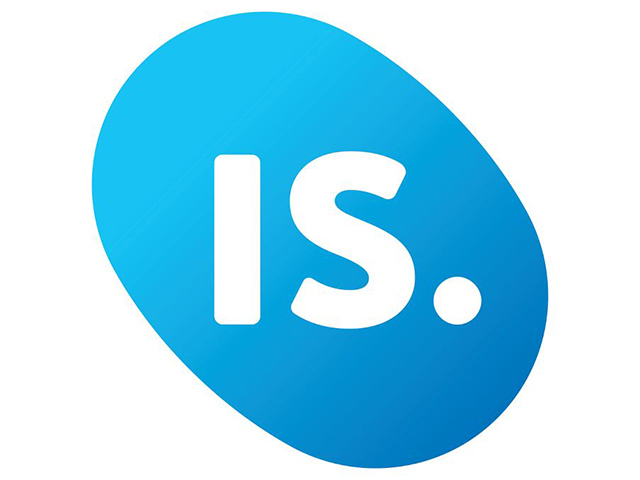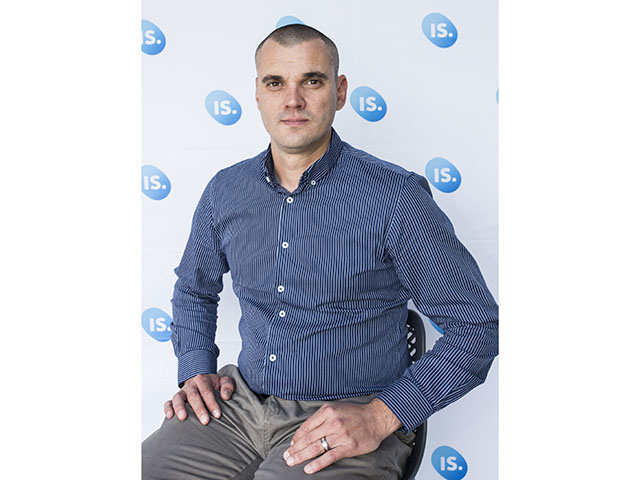Internet Solutions unveils Parklands Data centre Part 1: Efficiency Essentials
By Ryan Noik 6 December 2018 | Categories: feature articles
It is not every day that you get to see behind the scenes of a data centre. All too often they are the invisible technology powerhouses that most give little thought to, but which are the heart of all the data that we consume on a daily basis.
Off the back of a tour of Internet Solutions’ (IS) Parklands data centre though, it’s impossible to be unimpressed. There is a serious amount of technology that is being used for those businesses which store their critical data there, accessible and safe, despite power failures in the city, or changing weather across the planet.
Indeed, the 1600 square metre facility, which is due to open next month, is impressive, boasting 572 racks and 2.2 megawatts of IT power, intricate cooling and flame retardation systems, and of course, plenty of security.
As well, the facility has been designed to be easily expandable, accommodating more prefabricated data centre modules from Croatia as needed. These would be installed into the site via a crane, while internally, some walls and ceiling panels have been so designed as to be easily removed, in order to accommodate the installation.

Efficiency first
Given the current electricity crisis, with loadshedding making an unwelcome return, the question top of mind is whether the data centre will be immune from Eskom’s bungles. The short answer is yes. As seen in the videos below, there are multiple redundancies which enable the installation to be self sufficient, with generators that fill a couple of rooms of their own.
Matthew Ashe, executive head of Data Centres at IS, explained that the Parklands Data Centre has implemented an infrastructure-on-demand model when it comes to increasing energy efficiencies, including dynamic power and cooling systems. “This agile approach means infrastructure is switched on and ramped-up depending on what is required at any point in time – a significant move away from the conventional method of running infrastructure at full tilt, even with minimal occupancy,” he elaborated.
Ashe stressed that the facility is able to provide a high efficiency, highly resilient and exceptionally secure environment. Furthermore, he noted that it is also in an ideal location for low latency application requirements within the burgeoning economic hub of Rosebank, which seems to be vying with Sandton for the most amount of construction currently underway. As well, he added that carrier neutrality, resource and energy efficiency has taken centre stage in the design.
Priorities and planning
“Reducing energy and resource consumption in South Africa is a national imperative. South Africa’s already struggling infrastructure and slowing progress on alternative energy sources means that the responsibility for ensuring energy efficiencies in data centres rests with data centre providers. With evolving technology, creating sustainable energy solutions is a much more realistic goal than ever before and we’re pleased to have deployed a number of these technologies across our DC’s to achieve such efficiencies,” he notes.
One of the noticeable parts of the tour was the comparison between the outdoor temperature - hovering above the 30℃ mark, and the internal temperature within the data centre itself, which can be maintained at around 22℃. Indeed, the IS team conveyed that the data centre was specced to be able to cope with outdoor temperatures of 40℃, bearing in mind global warming.
Looking ahead
This approach is not just reassuring, it’s essential, when considering that data centres are power-hungry installations that require always-on supplies of energy – in total as much as 2% of the world’s energy consumption. Furthermore, this strain is only expected to grow, with predictions that the amount of energy consumed by the world’s data centres – the repositories for billions of gigabytes of information – will treble in the next decade. That is only set to put an even greater strain on energy supplies.
“IS remains committed to reducing energy consumption across our data centres, and we won’t stop looking at new ways to advance. The benefits are threefold – we keep our costs down, we dramatically reduce our impact on our environment, and ultimately, pass the savings on to our customers,” concluded Ashe.
Most Read Articles

Have Your Say
What new tech or developments are you most anticipating this year?



